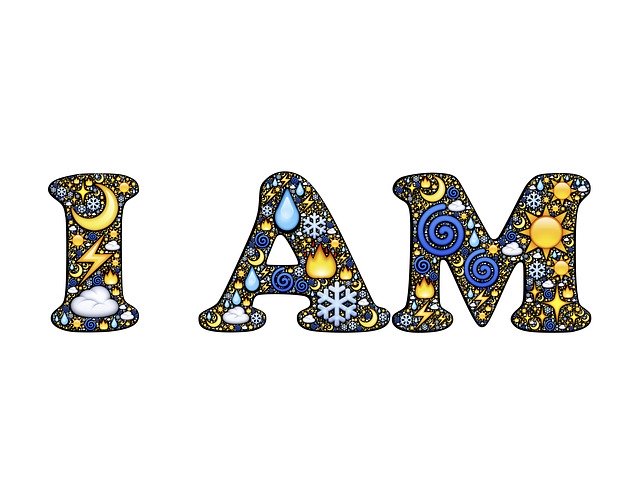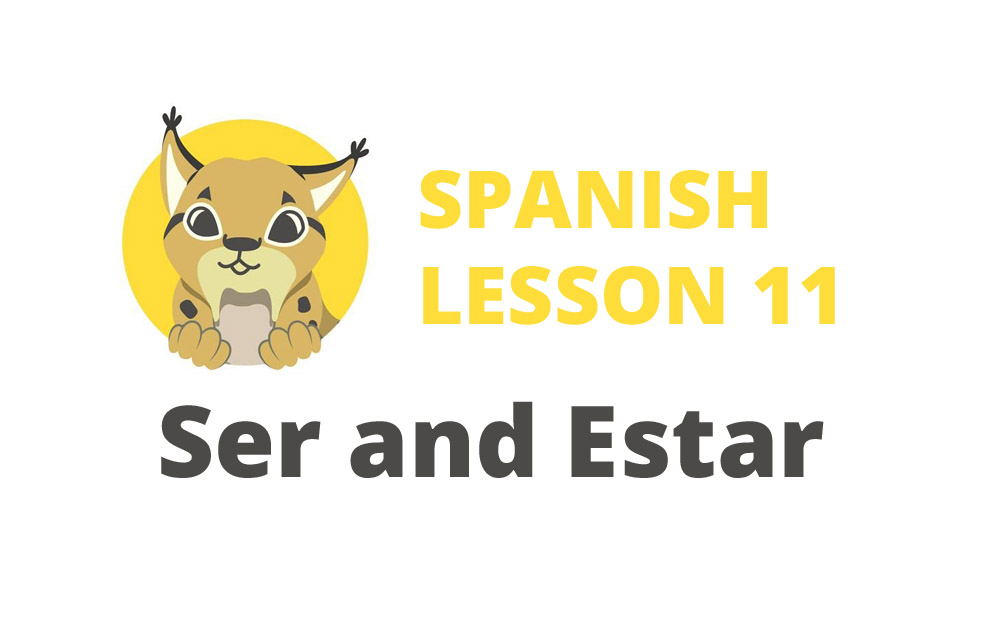This is the eleventh lesson in our beginner level Spanish course and we will look at the Spanish verbs Ser and Estar.
We have already seen Ser and Estar earlier in this course, but until now we have only been conjugating our verbs for Yo (I), Tú (You), Él (He) and Ella (She) and now we will learn how to conjugate the Spanish verbs Ser and Estar for all persons.
Remember, both Ser and Estar mean the same thing in English (the verb To Be), but they have distinct uses in Spanish. Ser is generally used when describing permanent things (Nationality, Occupation, Physical description, Personality, Time and dates, Events, Relationships, Possession) and Estar when describing temporary things (Location, Emotions, Moods, Temporary conditions).
El verbo Ser (To be)
(Yo) Soy: I am
(Tú) Eres: You are
(Él/Ella) Es: He/She is
(Nosotros/as) Somos: We are
(Vosotros/as) Sois: You are
(Ellos/as) Son: They are
El verbo Estar (To be)
(Yo) Estoy: I am
(Tú) Estás: You are
(Él/Ella) Está: He/She is
(Nosotros/as) Estamos: We are
(Vosotros/as) Estáis: You are
(Ellos/as) Están: They are

Nosotros/as, Vosotros/as, Ellos/as
So, in this lesson we have introduced Nosotros/as (We), Vosotros/as (You), and Ellos/as (They).
The ‘/as’ is to indicate that when you are talking about a We, You, or They that is entirely female you should use Nosotras, Vosotras, or Ellas. When the We, You, or They is entirely male or a mix of male and female you will use Nosotros, Vosotros, or Ellos.
You will see that (Vosotros/as) Sois/Estáis and (Tú) Eres/Estás both mean You are in English. Tú is used when you are describing one person and Vosotros/as is used when you are describing more than one person.
Remember also that the personal pronouns Yo, Tú, Él, Ella, Nosotros/as, Vosotros/as, and Ellos/as are all in brackets because using them is optional. For example, Nosotros somos means We are and Ellos son means They are. But equally so, just Somos means We are and just Son means They are. It is up to you whether or not you use the personal pronouns.
Let’s see some example sentences using the Spanish verbs Ser and Estar
¿Quién eres? (Who are you?) Soy Juan (I am Juan)
¿Cómo estás Juan? (How are you Juan?) Estoy bien (I am fine)
¿Quiénes sois? (Who are you?) Somos María y Pablo (We are María and Pablo)
¿Cómo estáis? (How are you?) Estamos bien (We are fine)
¿Quiénes son? (Who are they?) Son Sara y Elena (They are Sara and Elena)
¿Cómo están? (How are they?) Están bien (They are fine)
That is all for this lesson about the Spanish verbs Ser and Estar. From now on in this course we will continue using all of the personal pronouns (I, You, He, She, We, You, They) with our verbs and we recommend that you familiarise yourself with all of the verb endings we have learned here by writing your own practice sentences using Ser and Estar. Later we will also look at how to use the other verbs we have already seen, Querer, and Tener, with all persons.
